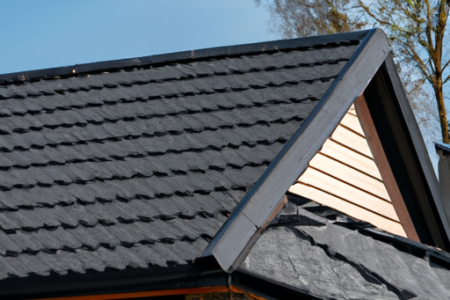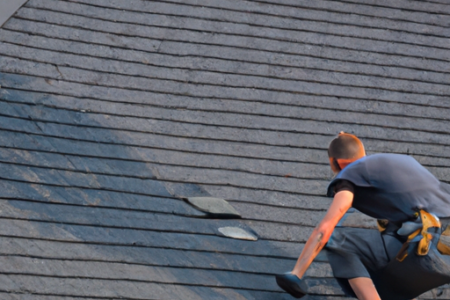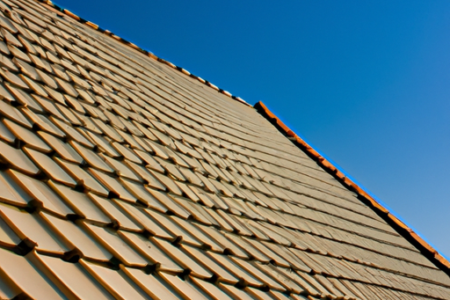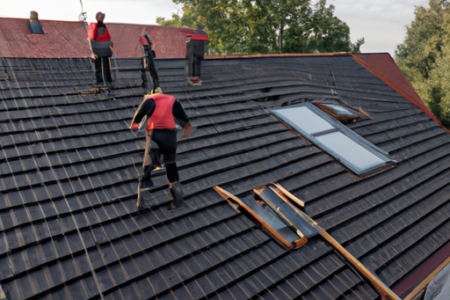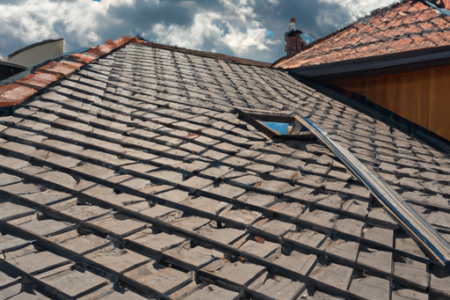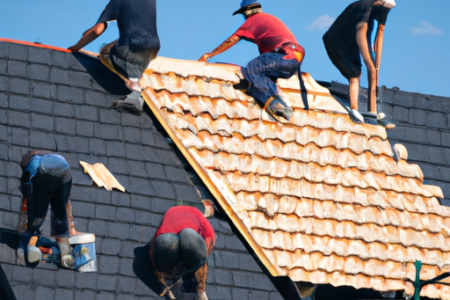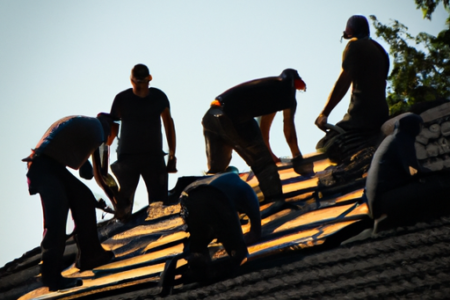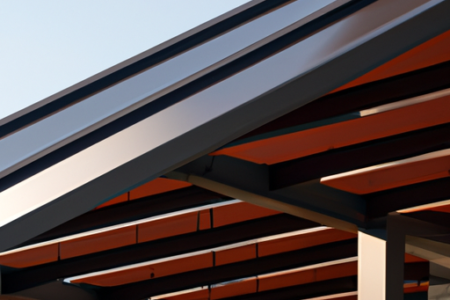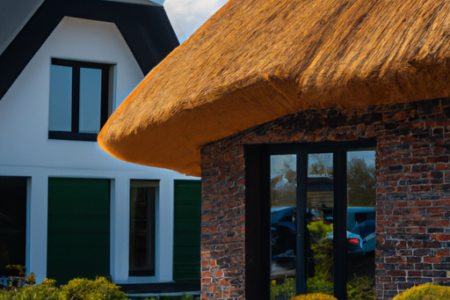In this comprehensive guide to roof construction, we explore the different types of roofing styles and designs available. From the popular gable roof with its simple triangular shape to the stability and durability of the hip roof, each style has its unique characteristics and advantages. We also cover the flat roof, commonly used in commercial buildings, the cost-effective shed roof, the traditional gambrel roof, and the elegant mansard roof. Factors to consider when choosing a roof style include climate, budget, architectural design, and personal preferences. Additionally, we discuss the importance of selecting the right roofing materials and how they can impact the aesthetics, protection, and durability of your home.
